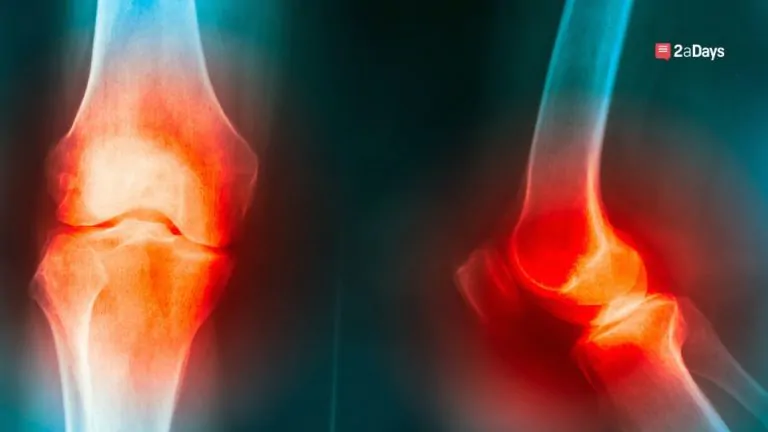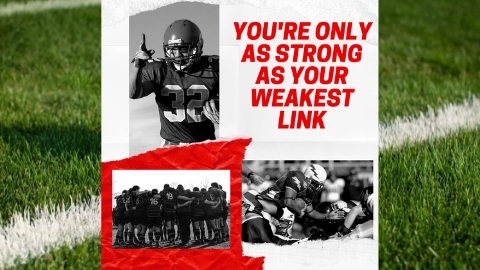Sports are inherently physical activities that, when played at the highest level, can lead to serious damage to one's body. Although leagues around the country have created new rules and regulations to limit contact and the physicality of each sport, there is no foolproof way of preventing damage and injury. At the forefront of this problem is football.
Head/ Brain Trauma
In terms of football and all other contact sports, head damage is and has been the main concern in terms of long-term effects. Any trauma to the brain can cause brain cells to die and functions of the brain to be lost. Repeated trauma leads to something even worse: Chronic Traumatic Encephalopathy or CTE.
Related: Rate your Coaches, Facilities, and Campus Visits
CTE can cause memory loss, confusion, impaired judgment, impulse control problems, aggression, depression, anxiety, suicidality, parkinsonism, and, eventually, progressive dementia. On top of this, symptoms can occur up to 10 years after the last point of serious contact, making it hard to identify and treat in a timely manner. As of right now there is no cure for CTE, but there are ways to minimize particular symptoms.
Joint Problems
Contact sports also lead to numerous different types of joint problems. Current studies show that contact sports can rip away at cartilage in the human body, causing early arthritis and joint pain. One of the biggest problems with contact sports is that even small, short-term injuries can lead to numerous long-term effects on sensitive and hard to repair joints. Some injuries that lead to these long-term problems include ACL tears, bone fractures, and dislocations.
Related: Concussion Callback: Why Taking Medical Leave Can Help College Athletes Succeed
Nerve Damage
It may not be the first type of injury you think of when it comes to football players, but nerve damage is super common in athletes who play contact sports. Injuries referred to as “burners” or “stingers” are quite common and are a result of trauma to the shoulders and neck. “Stingers” cause a loss in range of motion and weakness in the affected area. The main problem with nerve damage is that it is often recurring and hard to fully recover from.
Although long-term health should be a concern for young athletes, I am not arguing that athletes should quit on their sport. It is important to keep in mind the risks that you are taking so that you can either prevent or minimize their effects. As an athlete, you should follow all of the safety protocols for your sport and strengthen the muscles around areas of your body that are most at risk for damage.
Have an idea for a story or a question you need answered? Want to set up an interview with us? Email us at [email protected]
* Originally published on September 29, 2022, by Royce Linder







